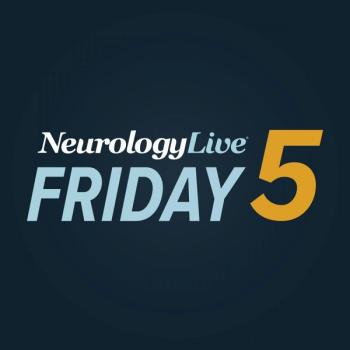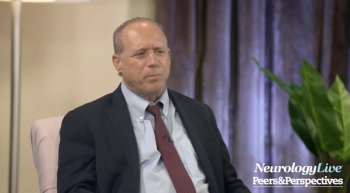
Neurology News Network for the week ending February 1, 2020.

Neurology News Network for the week ending February 1, 2020.

Take 5 minutes to catch up on NeurologyLive's highlights from the week ending January 31, 2020.

The drug will be available in 50 mg and 100 mg oral tablets in pharmacies across the US in the coming days.

The previously approved therapy is now indicated for treatment in pediatric patients age 2 to 10.

Data from the Memory and Aging Project suggests that dietary intake of flavonols, a type of phytochemical often found in plant pigment, is significantly linked to a lower risk of Alzheimer disease dementia.

Page B. Pennell, MD, president of the American Epilepsy Society, shared her thoughts on the epilepsy treatment landscape, managing women with epilepsy, and the need for multidisciplinary involvement and communication.

The unique CDKL5 deficiency disorder diagnostic code will be incorporated in the October 1, 2020 classification revision.

Using the Sleepio intervention resulted in significantly greater improvement in insomnia symptoms, as well as almost all other outcomes assessed, in women who were pregnant with insomnia.

Teva announced that the Ajovy autoinjector is expected to be available to patients in the coming months.

The investigational Alzheimer disease treatment from Biogen will be re-administered to patients who were previously enrolled in aducanumab trials as they prepare to submit for FDA approval.












Data from the MS SMART trial, which may serve as a template for simultaneous testing of multiple DMTs, suggest that exclusively targeting axonal pathobiology is inadequate to prevent neuroaxonal loss.

New study data showed nerve ultrasound had a sensitivity of 97.4% and specificity of 78.9%, with an added value in the detection of treatment-responsive chronic inflammatory neuropathy of 21.1%.

Seizure-free patients experienced similar rates of graduation and employment following epilepsy surgery compared to the general population.

The president of the American Epilepsy Society and director of epilepsy research at Brigham and Women’s Hospital outlined the state of epilepsy care and what we can expect in 2020.

Those taking the drug achieved a significant reduction in the risk of stroke and death after acute ischemic stroke or transient ischemic attack when coupling it with aspirin.

The director of the Pediatric Epilepsy Program is joined by an MD candidate from Weill Cornell Medicine to discuss the protocol used to treat patients with status epilepticus.

Findings from a study revealed that 50% of strokes in adolescents remained cryptogenic, sparking the need for multidisciplinary collaboration on prevention and management.

Retrospective study data suggest that among women aged 13 to 50 years with idiopathic generalized epilepsy, avoiding valproate resulted in a higher likelihood of unsatisfactory seizure control.